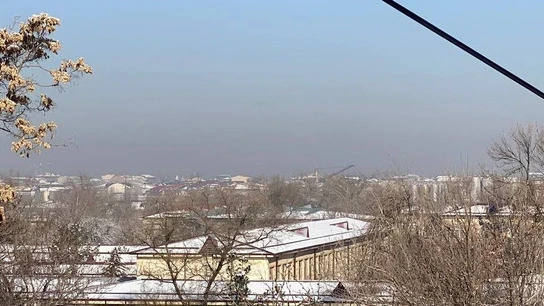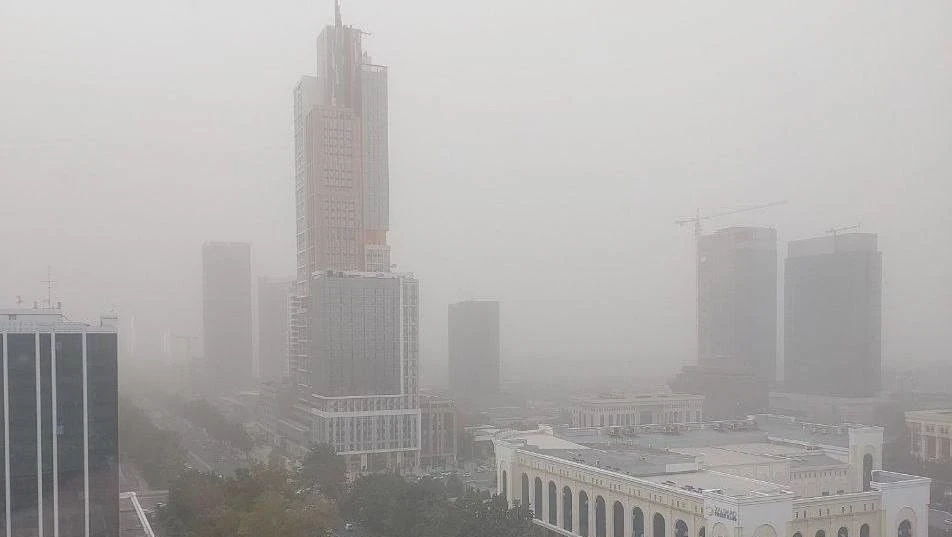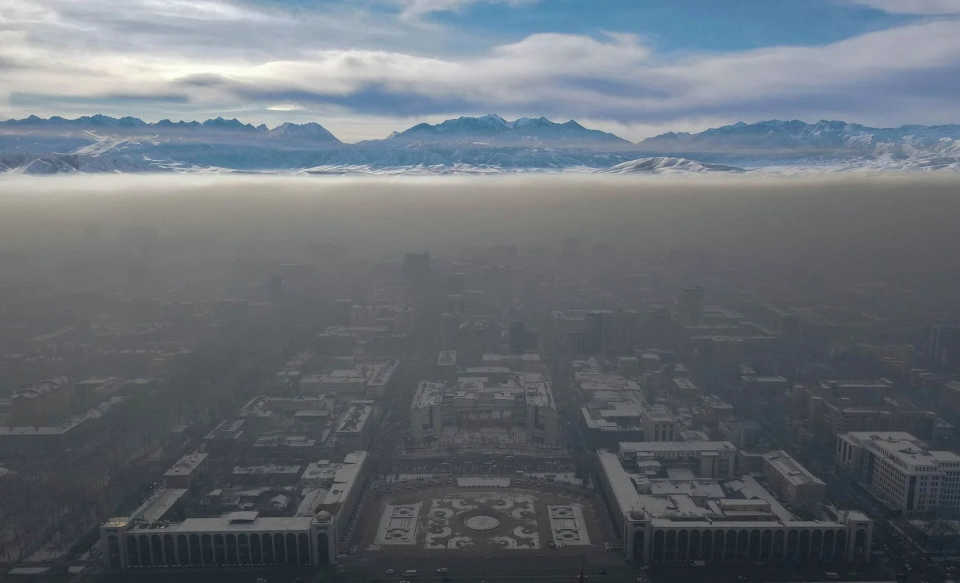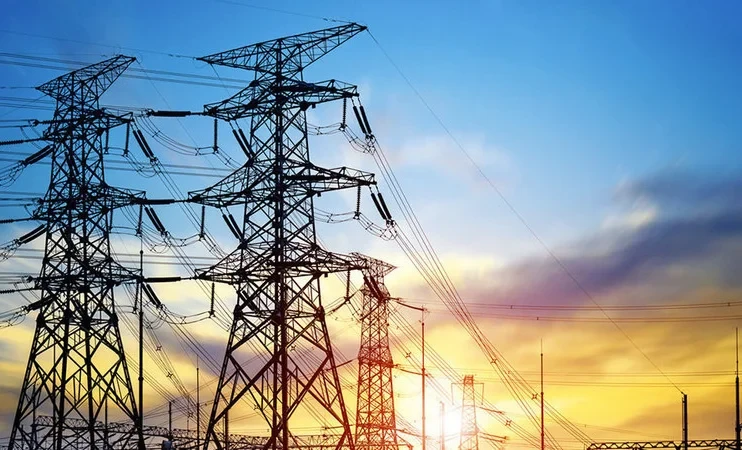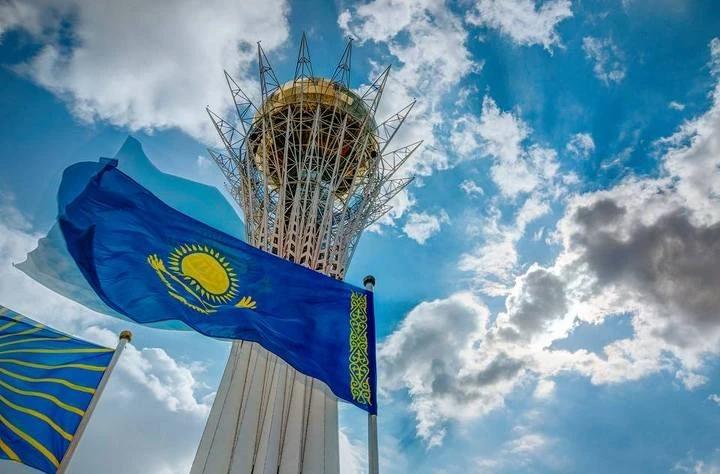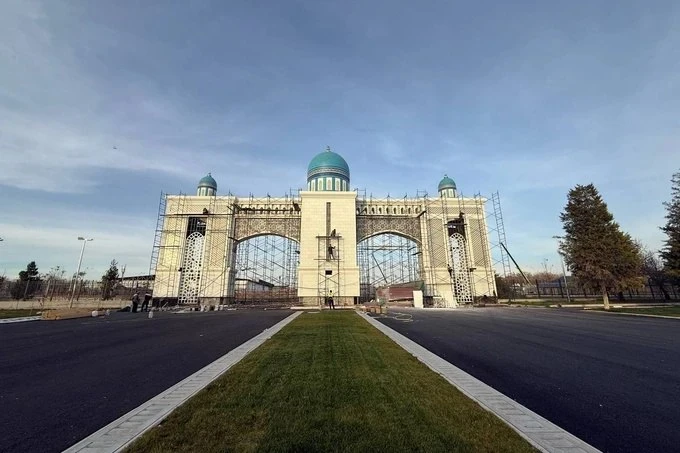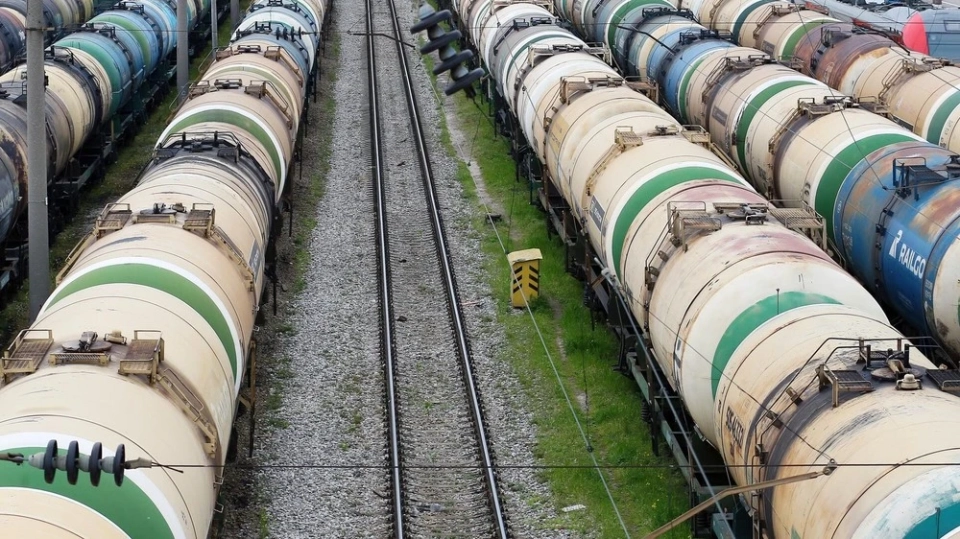In Tashkent, there are also plans to restrict the movement of trucks during peak hours. The Ministry of Internal Affairs has been tasked with identifying the streets where these restrictions will apply.
Additionally, the program includes tightening responsibility for environmental pollution when using fuel oil and similar types of fuel. It is expected that by the end of December, legislative initiatives in this area will be prepared.
The President also emphasized the need to ensure stable gas supply for greenhouse farms in the capital region. In this regard, the Ministry of Energy, the Ministry of Economy and Finance, the Committee for Ecology, and local khokimiyats must assess the needs of greenhouses and the possibilities for connecting to gas networks.
Optimization of gas supply schedules, tariffs, and limits for greenhouses will also be carried out. Government structures will explore opportunities for the effective use of gas and the implementation of alternative energy sources, such as biogas and solar energy.
An important part of the program will be the greening of the capital. By the end of November, a working group will be created to implement the "Yashil Tashkent" ("Green Tashkent") project, which will include representatives from the city khokimiyat, the Committee for Ecology, the Ministry of Construction, the Ministry of Economy and Finance, the Ministry of Health, and other government bodies.
The working group will focus on:
- increasing green spaces to improve air quality and recreation;
- developing modern landscaping solutions and urban ecosystems;
- modernizing infrastructure for irrigation and care of green plantings;
- implementing energy-saving technologies and digital monitoring.
The construction industry will also be a priority. By March 2026, environmental standards in construction must be implemented, which will require developers to install monitoring stations and online cameras.
By April, a construction standard is expected to be developed, taking into account the main wind directions in the capital, which will specify requirements for the placement of buildings and the procedure for obtaining conclusions from environmental and cadastral authorities before the start of construction work.

